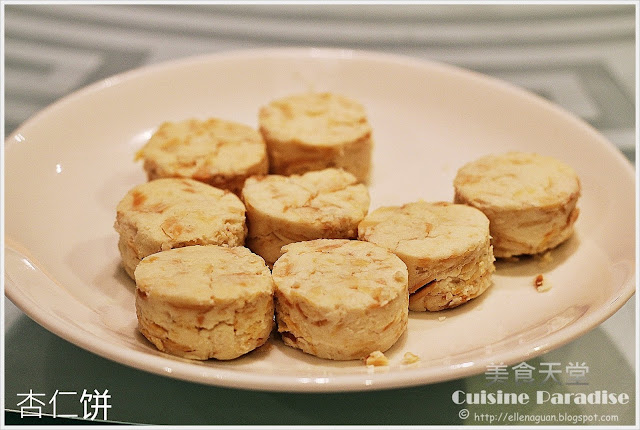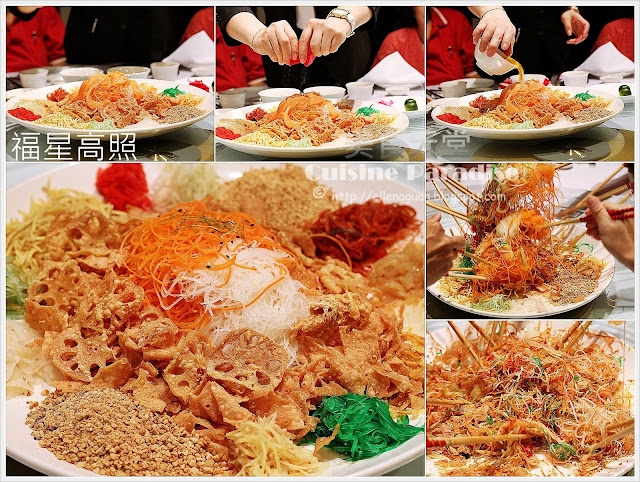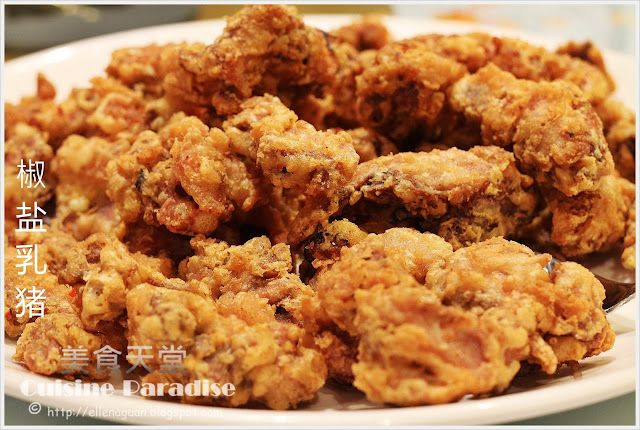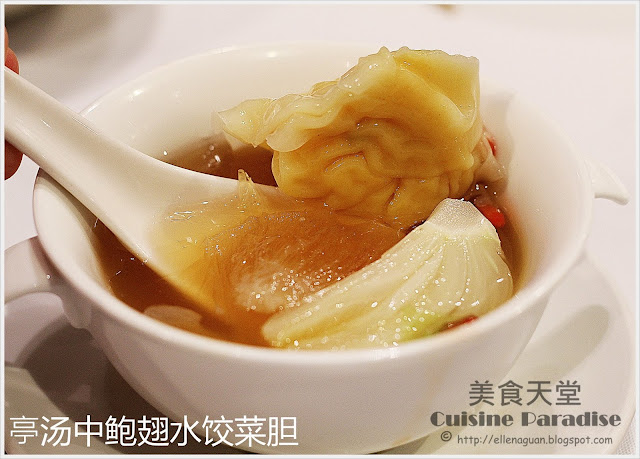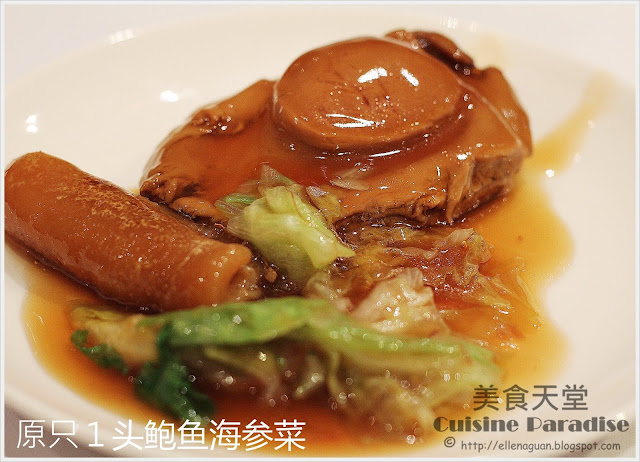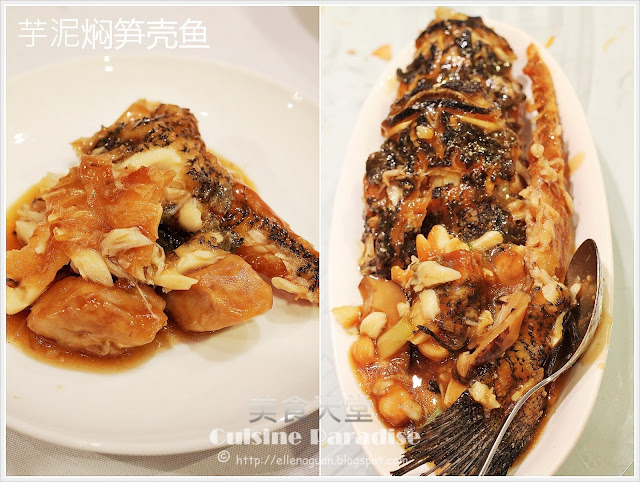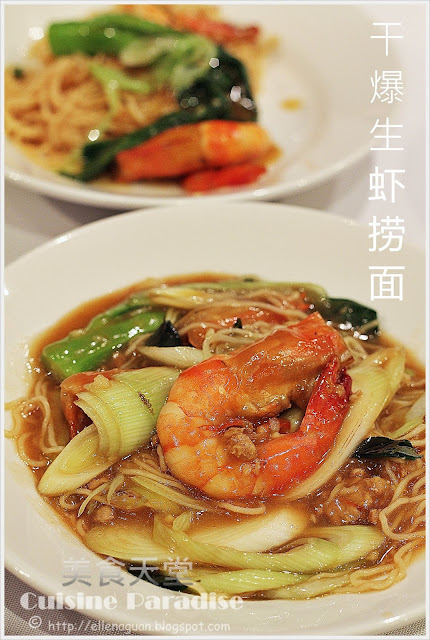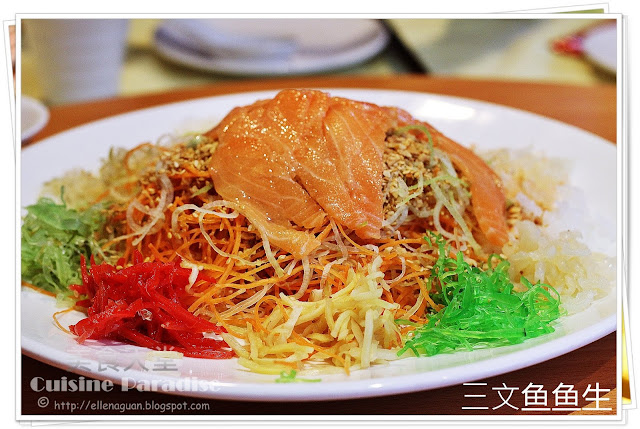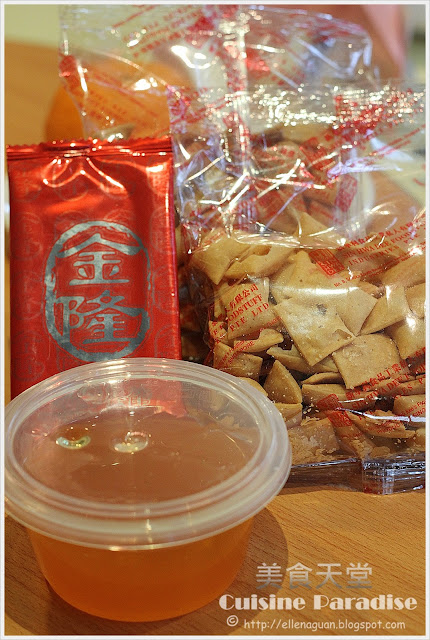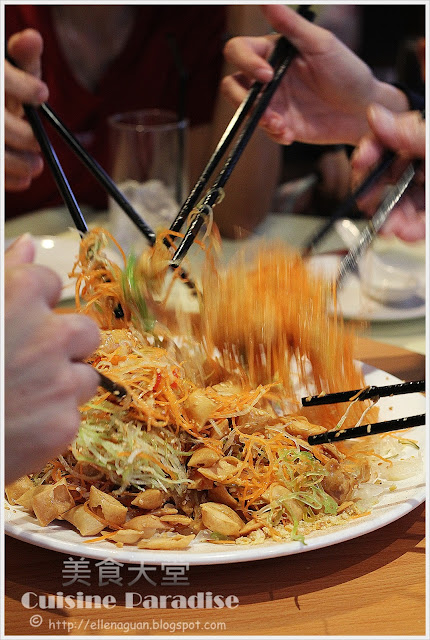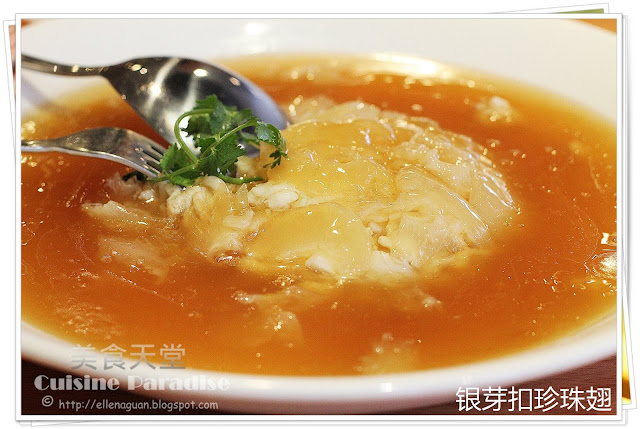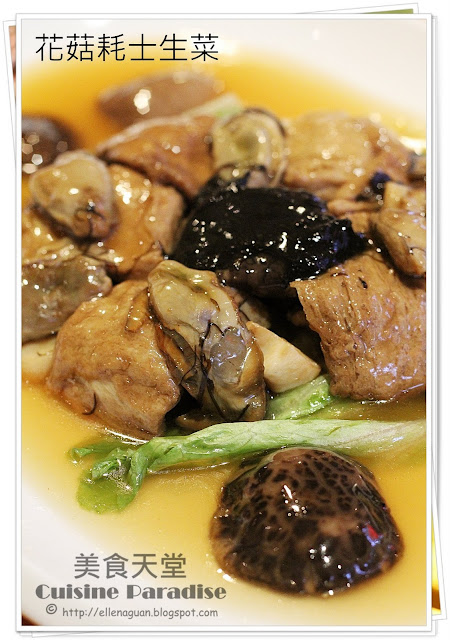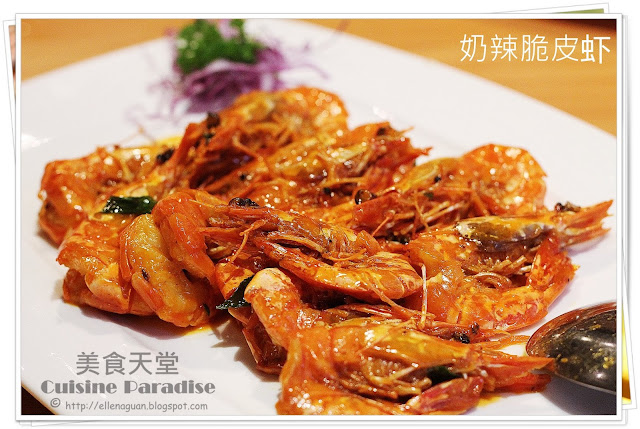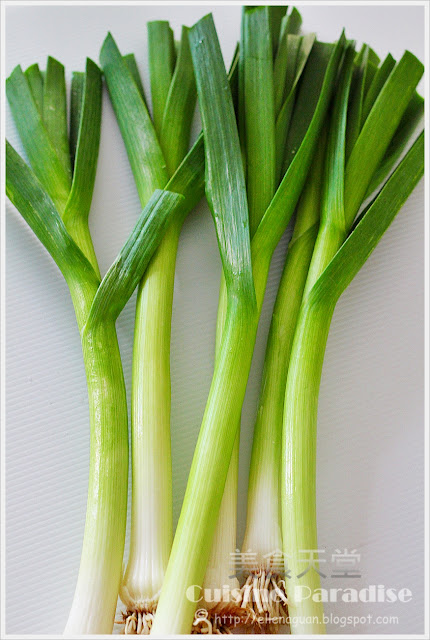 Talking about Egg Tart(蛋挞) or Egg Custard Tart I am sure most of us will link it up with "Dim Sum", "Yum Cha" or Hong Kong famous Tai Cheong Bakery(泰昌餅家) Egg Tart where the filling is extremely soft and flows into your mouth when bite.
Talking about Egg Tart(蛋挞) or Egg Custard Tart I am sure most of us will link it up with "Dim Sum", "Yum Cha" or Hong Kong famous Tai Cheong Bakery(泰昌餅家) Egg Tart where the filling is extremely soft and flows into your mouth when bite. Basically egg tarts come with two main types of crusts which is either “Shortcrust” or “Puff” pastry with Egg Custard as traditional fillings. But now with wider customers range from different countries and age group, newer fillings like Chocolate, Green-tea, Orange and even Bird Nest is available during different occasions.
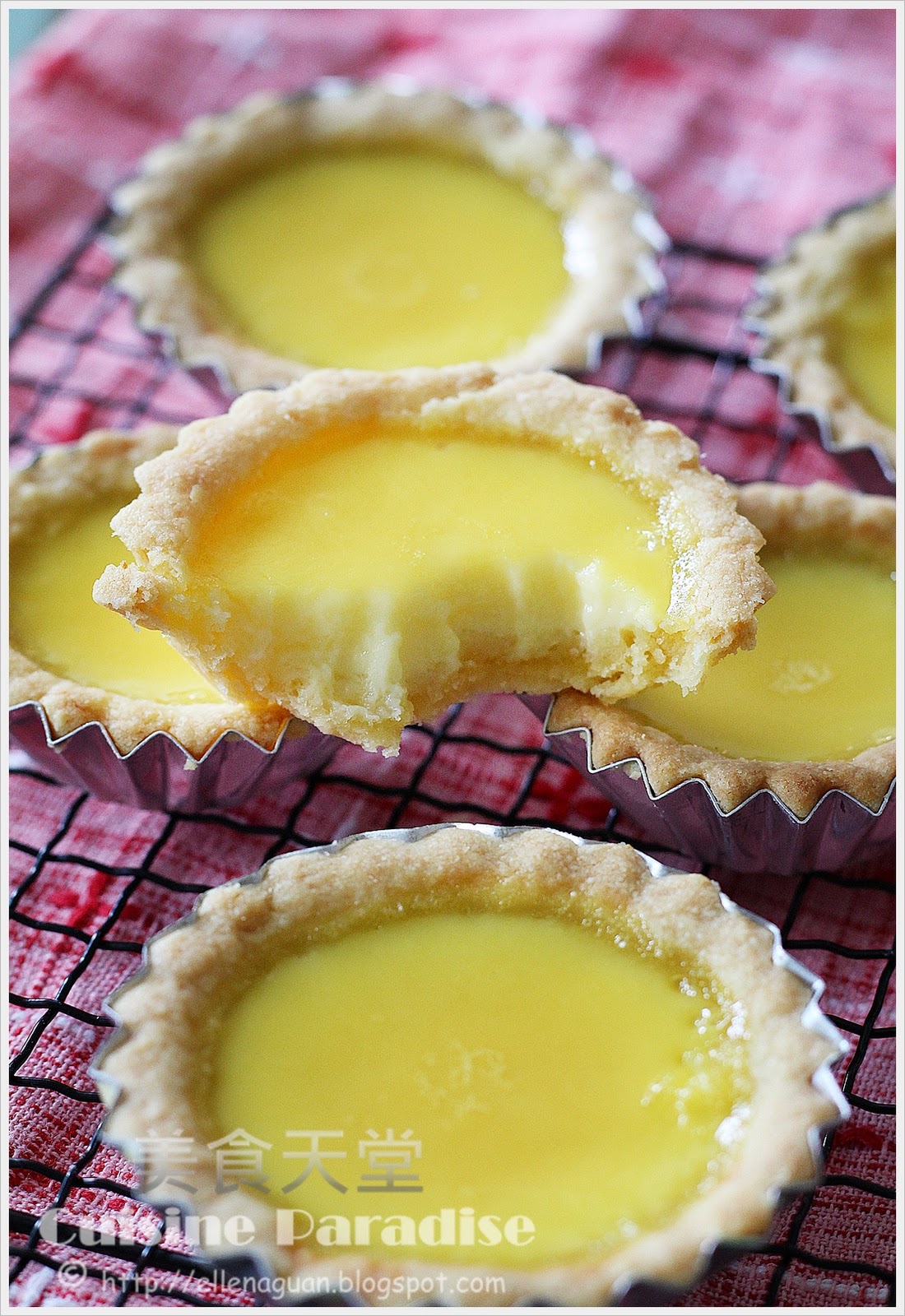 Recently I have come across two egg tart posts from to lovely ladies that stir-up my thoughts of making these lovely tea-snack to serve my guests during Chinese New Year. For your interest you can also read up their post at "Egg Tarts (Dan Tat)" from Tale of Crumbs and "Tai Cheong Bakery Egg Tarts - Not!" from Ju's of Little Teochew blog.
Recently I have come across two egg tart posts from to lovely ladies that stir-up my thoughts of making these lovely tea-snack to serve my guests during Chinese New Year. For your interest you can also read up their post at "Egg Tarts (Dan Tat)" from Tale of Crumbs and "Tai Cheong Bakery Egg Tarts - Not!" from Ju's of Little Teochew blog. Ingredients for Egg Custard: (makes 6, 3" Tarts)
15g Caster Sugar40ml Water
1 Large Egg
20ml Fresh Milk
1 Teaspoon Condensed Milk
Method:
1. Boil water with sugar till melted and keep aside till cool. (you can dissolved the sugar in hot boiling water too)2. Crack the egg in a small mixing bowl, add in fresh milk and condensed milk then gently stir with a whisk till well mixed.(becareful not to over whisk)
3. Add in cooled sugar syrup and stir well.
4. Sift the entire mixture through finest sieve twice to get ride of any egg clusters.
5. Carefully fill the prepared tart shells with egg mixture till the rim.
6. Bake in preheat 140 degree oven for about 20 minutes or till egg custard achieve the pudding like texture.
Note:
~ The Egg Custard recipe is adapted and modify from Tale of Crumbs, original recipe HERE.
~ You can use any Shortcrust Dough recipe for this egg tart shells. I use the remanding dough from my pineapple tarts dough.
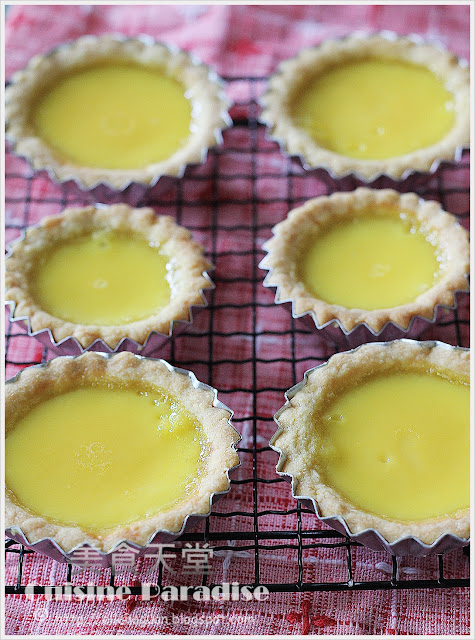
Ingredients Pastry Dough:
150g Plain Flour20g Milk Powder
1/2 Tablespoon Icing Sugar
125g Cold Butter, cubed
1/2 Egg Yolk, lightly beaten
1/4 Teaspoon Vanilla Essence
Method:
1. Sieve flour, milk powder and icing sugar in a mixing bowl.2. Rub in butter until mixture resembles breadcrumbs. (must be fast or else the butter will melt and the dough will became very soft)
3. Beat in the egg yolk and essence.
4. Mix well to form a dough. Place in a plastic bag and chill in the refrigerator for 30 minutes.
5. Roll pastry out to 0.5 cm thickness on a lightly-floured tabletop and cut out rounds to fix the tart cases.
6. Gently press the dough into the tart case and trim away any excess, chilled the prepared cases for another 5 minutes in the fridge.
7. Use a fork to prick some holes on the pastry shell before putting the tart case into the preheated 160 degree oven.
8. Bake tart shells on middle rack for 10 minutes or till slightly brown, remove and cool the shells for about 10 minutes before filling it with the prepared egg custard.
If you prefer to make these egg tarts in a much hassle free way, you can always purchase those ready-made shortcrust pastry from any local supermarket. Cut and fix them into the tart cases and go ahead with the egg custard preparation and you would enjoy fresh and pipping hot delicious egg tarts in less than 30 minutes.


 Quick and Easy Egg Tarts
Quick and Easy Egg Tarts


